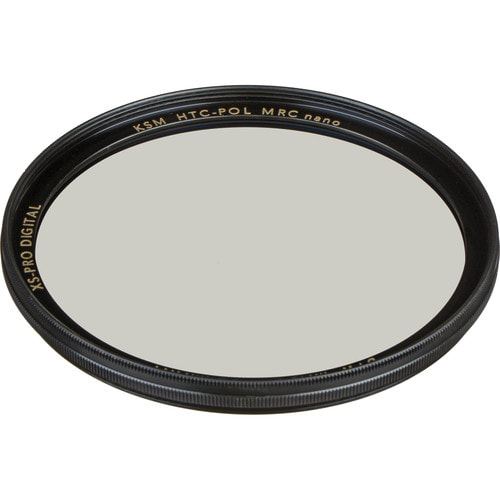Comments welcomed and encouragedAre polarizers just for landscape pictures?When I am out on a sunny day, shooting an interesting scene, I always have my polarizer and my ND (neutral density) filters packed in my kit.
Having these small filters gives me the opportunity to reproduce the image of what I am seeing, so accurately for the viewers that they feel like they were with me too. Sure, much can be done in post-production, using the wonders of accurate modern software (just like one did in the darkroom), but for me, getting it perfect in camera is part of the process. It gives me the satisfaction that I've used the tools at hand to get a better image with minimal manipulation of those tiny little pixels. Shooting landscapes that include water, bright snow, a colour-rich sky, can all be made better and more intense by using your polarizer. There are many instructional videos, books and blog posts that cover the how-to of polarizer use. So finding the best information can be a bit daunting, and sometimes completely incorrect. Tread lightly and be sure to consult worthy resources. For example, the makers of polarizers, or scientific studies that deal with them is probably the best bet. After that, I would consult the words of seasoned photographers who routinely use them. Other than shooting landscapes, another great and sometimes essential use of these tools is when photographing paintings and other shiny artworks. The reason being is that some paintings, primarily oils, are finished with a varnish which preserves the paint and keeps the vitality of the colours strong and impressive. The varnish is highly reflective. This can be detrimental when trying to record the art using lights of any variety. Attaching a circular polarizer on the camera lens, and adding polarizing sheets on the lights, will reduce or remove completely the glare that lights produce as it skims off the shiny varnished surface. By turning the polarizer while previewing the image in the camera, the photographer can see the glare being reduced. It would be important also to note that polarizers will absorb a portion of the light, and may also alter the colour slightly. Accommodations will have to be made with respect to these conditions. In my work, I always use a Color Checker Passport to make sure my colour and exposure are accurate. Since each camera colour bias is unique, it is important to do this for each camera body you may use, and for each lighting condition. If you are shooting with LED lights, be sure to do a colour profile for your LED lights from month to month as bulbs change colour over time. The same goes for incandescent, fluorescent, flash etc. Each bulb has its own colour temperature. I would avoid mixing lights to photograph art because of this sort of thing. While these filters can be expensive, if you are using them repeatedly and take care of them, it would be a worthy investment as it will save you time in post-production. A circular filter should average about $80 depending on size, and the sheets for lighting run about $70 for a 17x20 inch sheet. If you are shooting with flash, this is much more than required. You could cut pieces of polarizing film to fit your flashes, and sell the remainder to make a profit. I'll leave that up to you though. At the end of the day, quality polarizers make for better pictures and saved time. Comments are closed.
|
Mike Taylor
Photo-Artist working a personal vision. Archives
July 2024
Categories
All
For those of us interested in better marketing techniques, get this book.
Mike Taylor Photo Arts
205Wilson Street
Peterborough
ON
K9J 1S7
Canada
|




 RSS Feed
RSS Feed
